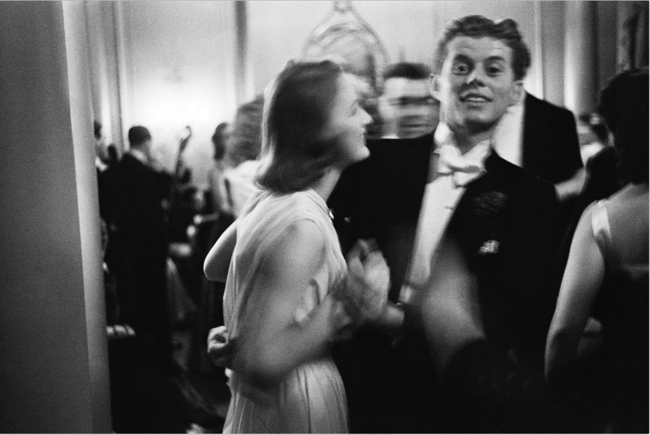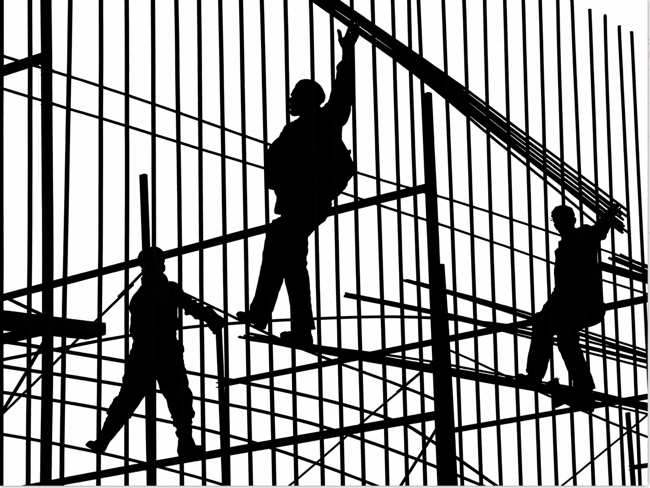After seven long months without museums and exhibitions, the curse has finally ended and all museums have reopened, with some drastic measures to prevent the bugs from jumping from one visitor to another. To break this cultural scarcity, an early visit to the Nederlands Fotomuseum in Rotterdam was a must, especially since the king opened a new setup and exhibit a short while ago, the same week. The fotomuseum is expanding, which is a good thing, doubling his surface within the same premise. The permanent space boasts a “gallery of honour of the Dutch photography”, showing 99 photographs spanning over the end of the 19th to the early 21st centuries. The 99 photographs were carefully selected by a panel of “experts” for their “social and artistic impact, and are meaningful for photography in The Netherlands”. What to think about it? First of all, such a selection is by definition completely subjective. Some of the early photographs are clearly presented first and foremost because of their historical meaning, like a tiny dark portrait of Charlotte Asser, taken in 1842, or this couple from Paramaribo, Suriname in 1846, a then Dutch colony in the new world. Some are there for their scientific significance, like a photography of the moon dated 1862 or a microscopic shot of a plant stem dated 1873. Some for their social resonance, like these photographs of the Dolle Minas demonstrating for birth control and abortion rights in 1970, or the South Moluccans, photographed in colours in Tiel in 1970 by no less than Ed van der Elsken. Some are there because of the renown of the photographer (what makes Erwin Olaf “one of the greatest photographers of the century”?, who decided that? His bankable value on the market?), some because they are simply a reflection of the period, like Snoop Dogg from 2014. But for sure, a lot of them are there NOT for their artistic content. I could make my own gallery of honour of Dutch photography. It would be certainly centered around Ed van der Elsken (two photos here), Cas Oorthuys (two photos) and Koen Wessing (one photograph) and a few others. Beyond the somewhat pompous title of this gallery, this visit made however for a pleasant promenade throughout the century, with some unexpected jewels discovered, lots of rejections and a few coups de coeur. I deliver herewith some of the photos that touched me more than the others. Why those? The portrait of the hungry lady is haunting, her eyes empty, focusing on feeding herself with a meager piece of bread. The suffering is present. Pinochet, for his irresistible mugshot, the mother with children, yet again a moment of dispair captured so elegantly by the photographer. The hewer in a coal mine and Kennedy in a ball, for their similar expressions of satisfaction, and yet, such world-apart from each other and the construction of the dam, for its echoing of the painter of the Eiffel Tower by Marc Riboud… my own gallery of honour.





